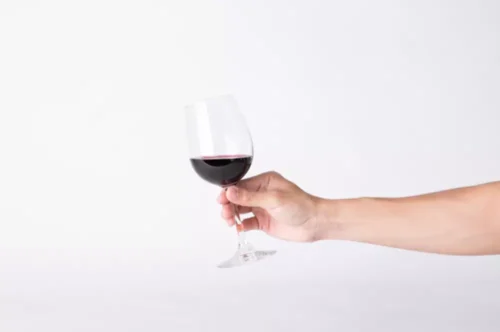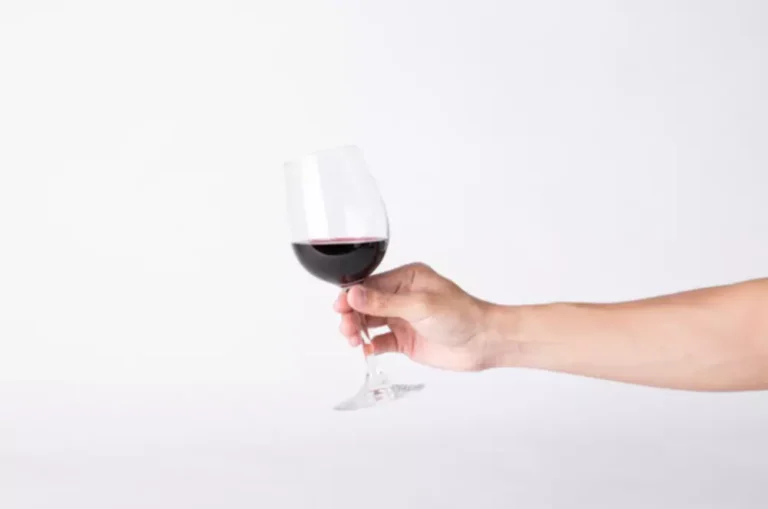
But as you continue to drink, you become drowsy and have less control over your actions. When Annie Grace was drinking glasses, if not bottles, of wine on a daily basis, she’d wake up with purple stains on her teeth. Among people with darker skin tones, it can present as stinging or burning and sensitivity to topical products, as well as “darker or dusky brown patches,” Justine Kluk, a dermatologist, told Refinery29. Alcohol disrupts sleep, too, and poor sleep saps your face of precious time to repair. These preventative measures can help us maintain a healthier appearance and promote overall well-being. We can implement these four strategies to improve our overall health — benefiting our outward appearance.
- A puffy face from alcohol looks like an obviously puffy, bloated face.
- Alcohol can cause physical changes, including weight gain, facial changes (such as water retention and “puffy face”), aging, and more.
- Drooping eyelids accompanied by headaches or vision problems are also early indicators of an impending stroke.
- However, most people will notice significant changes in their looks one to three months after quitting alcohol use.
Identifying the Alcoholic Face for Early Intervention and Support
As you detox from alcohol, get lots of rest, drink plenty of water, and eat a solid diet. Use gentle skincare products as your face gets used to your new routine. After an episode of heavy drinking, your liver processes some of the alcohol you consumed. The rest of the alcohol will leave your body through https://ecosoberhouse.com/ your sweat and breath. Between 3 and 43 percent of alcoholics suffer from thrombocytopenia, a low level of platelets in the blood. Low plateletcounts affect the body’s ability to make clots to stop bleeding.

Is an Alcoholic Face Enough to Prove Alcoholism?
The part of the brain that controls co-ordination and balance, the cerebellum, can deteriorate under the influence of alcohol, making you look unsteady on your feet. The cerebellum is particularly sensitive to severe alcohol consumption. Alcohol is also a diuretic, meaning it dehydrates you every time you have a drink. Losing valuable fluid and nutrients from your body can lead to wrinkled, dry, puffy or just generally unhealthy-looking skin.
Poor dietary choices
- Mid-Stage – Mid-stage alcohol dependence is marked by a loss of control over both cravings for alcohol and drinking habits.
- Taking an alcoholism screening quiz can help you determine whether you have the symptoms of an alcohol use disorder.
- Full details of the study methods are published elsewhere 16 but are summarised here.
- Alcohol-related physical symptoms can vary in how well they can be treated and how permanent the effects are.
- Alcohol use disorder can include periods of being drunk (alcohol intoxication) and symptoms of withdrawal.
- While many are aware of the behavioral and psychological signs, the physical manifestations on the face are often overlooked.
It is not advised to go “cold turkey” or suddenly stop consuming alcohol on your own to treat your physical dependency, as it can lead to dangerous withdrawal symptoms. In fact, an “alcoholic face” encompasses a range of physical changes — telltale signs of chronic alcohol consumption. Even if we follow a 10-step skincare routine, eat an anti-inflammatory diet, and make sure to put on sunscreen every day, excessive drinking can appear on our face. In some individuals, alcohol abuse may lead to the desire for high-fat meals due to the release of ghrelin, a stomach hormone that regulates appetite. Also, alcoholic beverages like wine and beer have a high caloric content, and their consumption can lead to weight gain.
Today, we know that the symptoms of alcoholism can vary from one person to the next. Because the condition is progressive, these symptoms may increase over time in terms of the number of symptoms, their severity, and their impact. If your pattern of drinking results in repeated significant distress and problems functioning in your daily life, you likely have alcohol use disorder. However, even a mild disorder can escalate and lead to serious problems, so early treatment is important. The calories contained in alcohol are commonly referred to as ‘empty calories’, meaning they hold no nutritional value for the body.
In other words, helping an alcoholic would not include allowing them to deny their drinking issues to themselves and others. A lack of adequate sleep leads to “sunken, tired eyes and poor skin.” Weight is either increasing or decreasing, whether the alcohol creates a lack of appetite or increases cravings for high-fat foods. Let’s look at each physical sign more in-depth, so you’re prepared to help your loved one. Many people who consume excessive amounts of alcohol don’t recognize the impact that alcoholism has on their overall appearance. Drinking alcohol is a worldwide socially accepted and anticipated tradition, one that traces back centuries.

Dark Circles Under the Eyes

Let’s look into the hidden connections to gain insights that can help us make the kind of intentional choices that will support both our body, our mind, and our overall well-being. Alcohol misuse correlates with a range of psychological and emotional difficulties. You might experience disruptions in sleep, increased stress, or heightened anxiety. Over time, this can escalate into more severe conditions like depression.
As alcohol abuse progresses, the belly can become hard and distended, and fluid buildup called ascites can be a sign of liver damage. Over time, heavy drinking can lead to more serious oral problems like gum disease, tooth decay, mouth sours, and oral cancer. Dehydration also affects your skin and nails, leaving them brittle and cracked, Volpicelli said. Long-term, heavy drinking can even lead to hair thinning and loss, especially in people who are malnourished from consuming almost all of their calories from booze. Recovered is not a medical, healthcare or therapeutic services provider and no medical,psychiatric, psychological or physical treatment or advice is being provided by Recovered. Ifyou are facing a medical emergency or considering suicide or self harm, please call 911immediately.

Binge Drinking and Its Effects on Your Body
Unfortunately, the physical and mental effects of alcohol can often lead to addiction. A condition in which individuals become dependent on alcohol to cope with the pressures of alcoholic physical appearance life. Alcohol can change our physical appearance and impact our mental health, which can lead to poor body image. Jaundice – Also a common by-product of liver disease, jaundice is characterized by yellowing of the skin and sclera (the whites) of the eye.